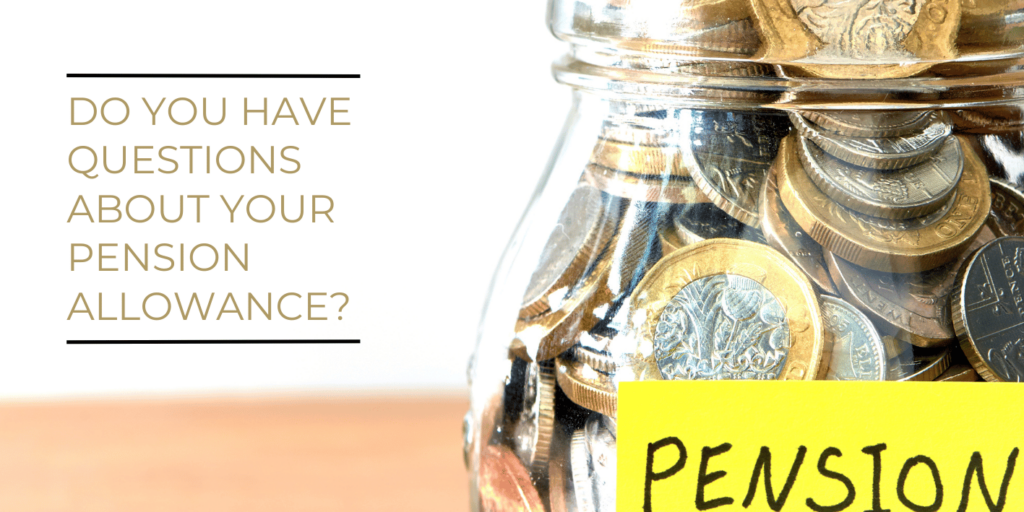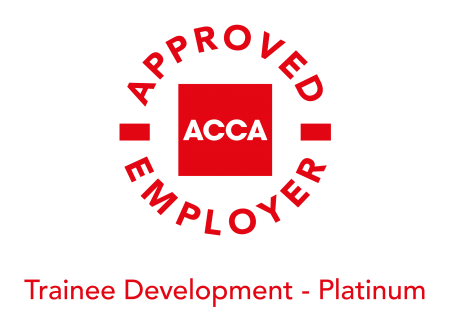Pension allowance

Pension tax can be a complex area and therefore has resulted in compliance issues with HM Revenue & Customs.
What is the annual allowance?
The annual allowance is the maximum amount an individual can contribute to their pension scheme in a tax year. This is currently set at £60,000 and includes personal and employer contributions.
It is important to be aware that if an individual’s ‘adjusted income’ exceeds £200,000, then the annual allowance is tapered.
What happens if the annual allowance is exceeded?
If the annual allowance is exceeded, then a tax charge may arise at the individual’s marginal rate of tax on the excess contribution.
The tax charge can either be paid as part of your normal self-assessment tax return or an election can be made to pay the charge via your pension scheme.
However, depending on your pension contributions in the previous tax years, you may be eligible to utilise unused annual allowance from the previous three tax years provided that you were registered to the pension scheme for these years.
What can you do?
It is important that individual’s review their pension contribution position early in the tax year so that excess contributions can be avoided.
If you believe you have exceeded the threshold, you should seek professional advice to avoid interest and penalty charges.
Should you require any assistance, please contact your local Perrys branch.




